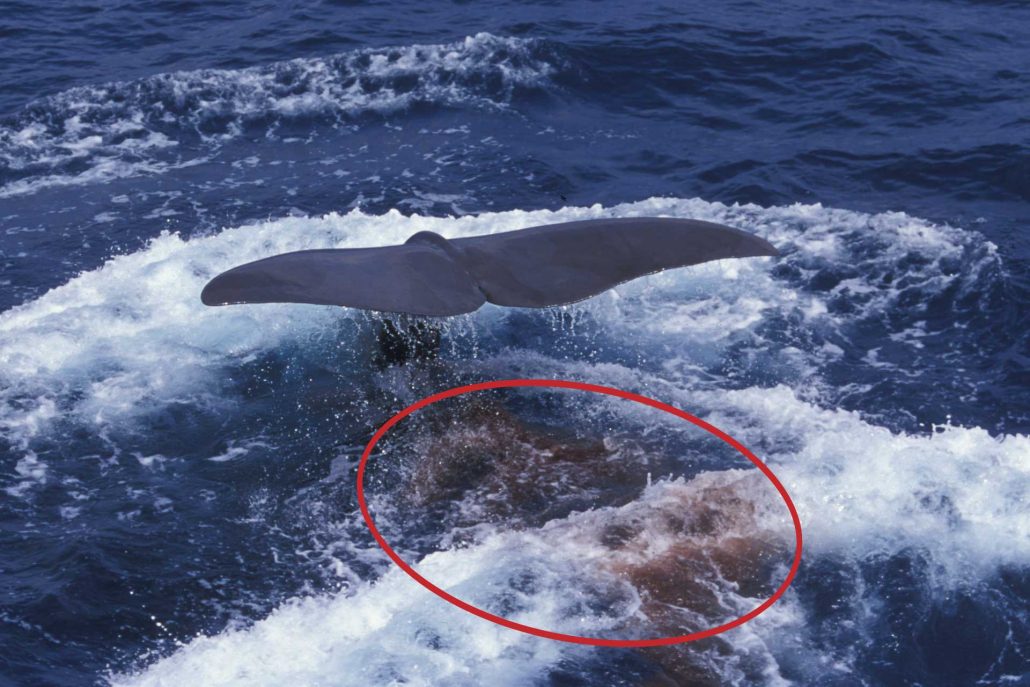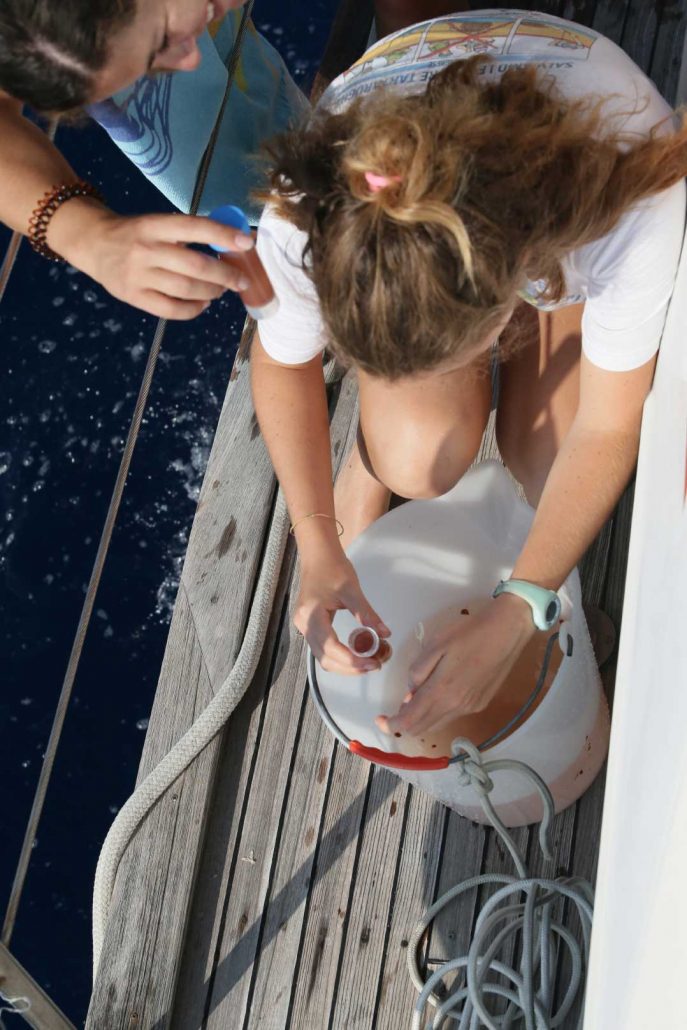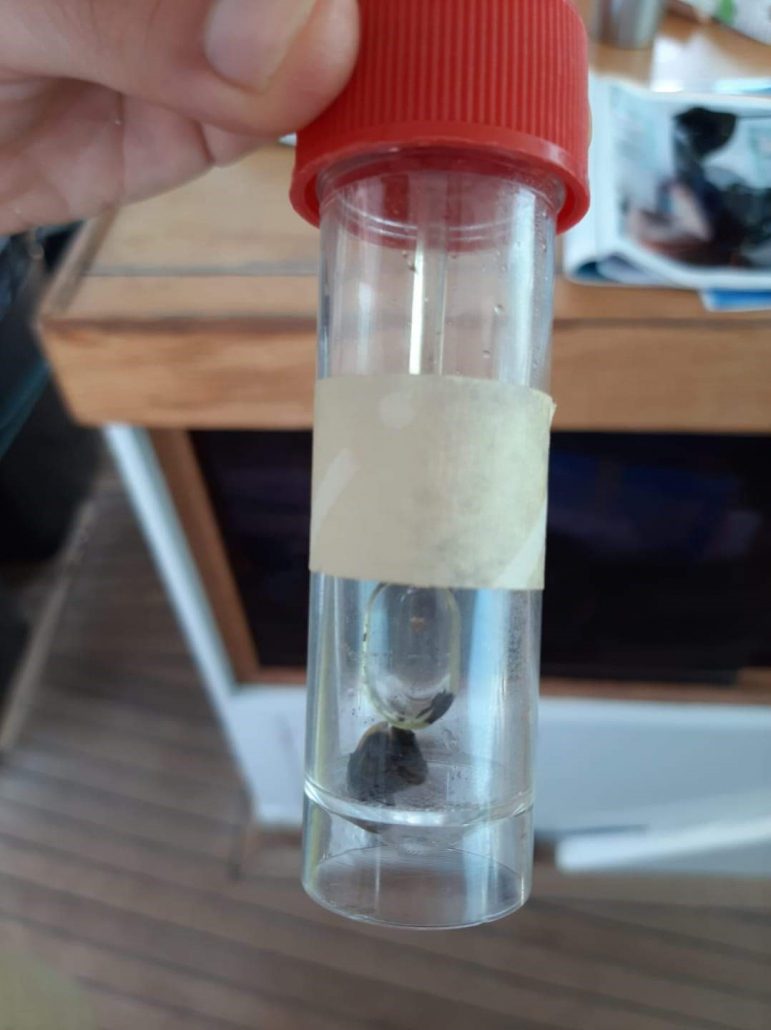L’impatto dell’uomo sui cetacei misurato… dalle feci
Anche la “cacca” dei cetacei può costituire una fonte importantissima di informazioni sullo stato di salute di questi splendidi animali. Infatti nei campioni fecali delle balenottere (Balaenoptera physalus) e dei capodogli (Physeter macrocephalus) dei nostri mari possono essere presenti uova e cisti di microorganismi patogeni, in particolare parassiti, pericolosi per la loro sopravvivenza. Inoltre, molti di questi parassiti possono essere di origine umana e perciò legati alle attività antropiche. L’identificazione, per la prima volta nei cetacei, di un parassita di chiara origine umana ha reso possibile la realizzazione di un lavoro scientifico pubblicato in questi giorni dalla prestigiosa rivista Scientific Reports di Nature. Gli autori hanno infatti analizzato i campioni fecali delle balenottere e dei capodogli raccolti direttamente durante le crociere a bordo di Pelagos, con l’aiuto dei ricercatori e dei partecipanti al progamma di citizen science, che hanno condiviso questa interessante esperienza.
Nello stesso lavoro, gli autori hanno analizzato anche la presenza di metalli pesanti e comunità batteriche, legati anch’essi al forte impatto antropico. L’articolo, a firma dei ricercatori dell’Università di Foggia, dell’Istituto Tethys e dell’Università di Verona, dimostra come i campioni fecali possano essere un utile indicatore per valutare lo stato di salute dei cetacei.
Il lavoro, lungo e complesso, ha permesso di realizzare questo importante contributo scientifico per la salvaguardia e il benessere di questi splendidi animali.
Marangi, M., Airoldi, S., Beneduce, L. et al. Wild whale faecal samples as a proxy of anthropogenic impact. Sci Rep 11, 5822 (2021). https://doi.org/10.1038/s41598-021-84966-4
Abstract
The occurrence of protozoan parasite, bacterial communities, organic pollutants and heavy metals was investigated in free-ranging species of fin (Balaenoptera physalus, n. 2) and sperm (Physeter macrocephalus, n. 2) whales from the Pelagos Sanctuary, Corsican-Ligurian Provencal Basin (Northern-Western Mediterranean Sea). Out of four faecal samples investigated, two from fin whales and one from sperm whale were found positive to Blastocystis sp. A higher number of sequences related to Synergistetes and Spirochaetae were found in sperm whales if compared with fin whales. Moreover, As, Co and Hg were found exclusively in sperm whale faecal samples, while Pb was found only in fin whale faecal samples. The concentration of both PAH and PCB was always below the limit of detection. This is the first report in which the presence of these opportunistic pathogens, bacteria and chemical pollutants have been investigated in faecal samples of free-ranging whale species and the first record of Blastocystis in fin and sperm whales. Thus, this study may provide baseline data on new anthropozoonotic parasite, bacterial records and heavy metals in free-ranging fin and sperm whales, probably as a result of an increasing anthropogenic activity. This survey calls for more integrated research to perform regular monitoring programs supported by national and/or international authorities responsible for preservation of these still vulnerable and threatened whale species in the Mediterranean Sea.











